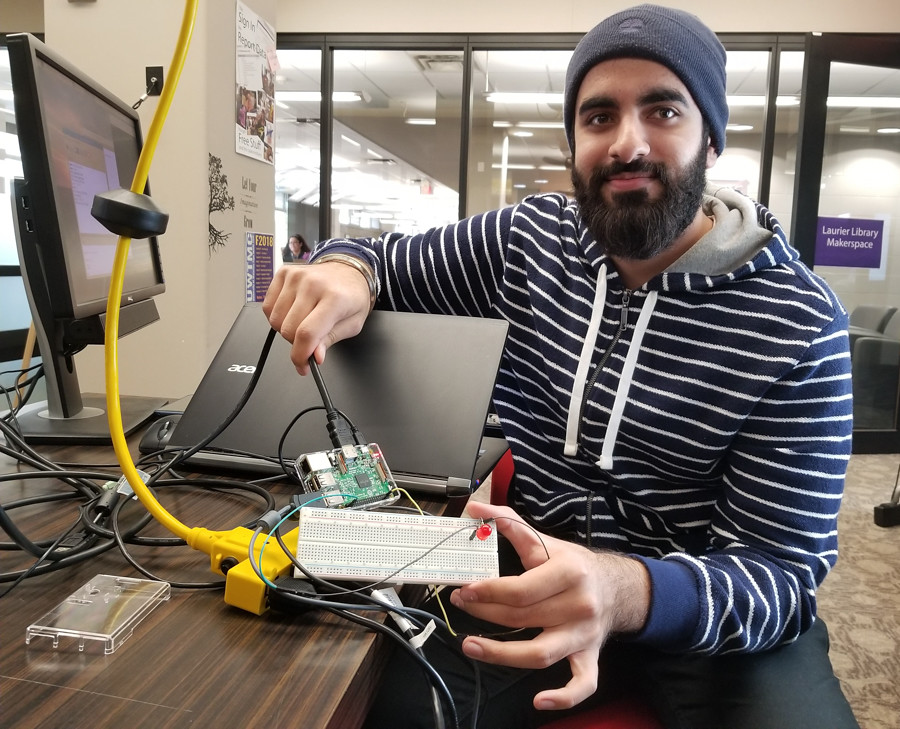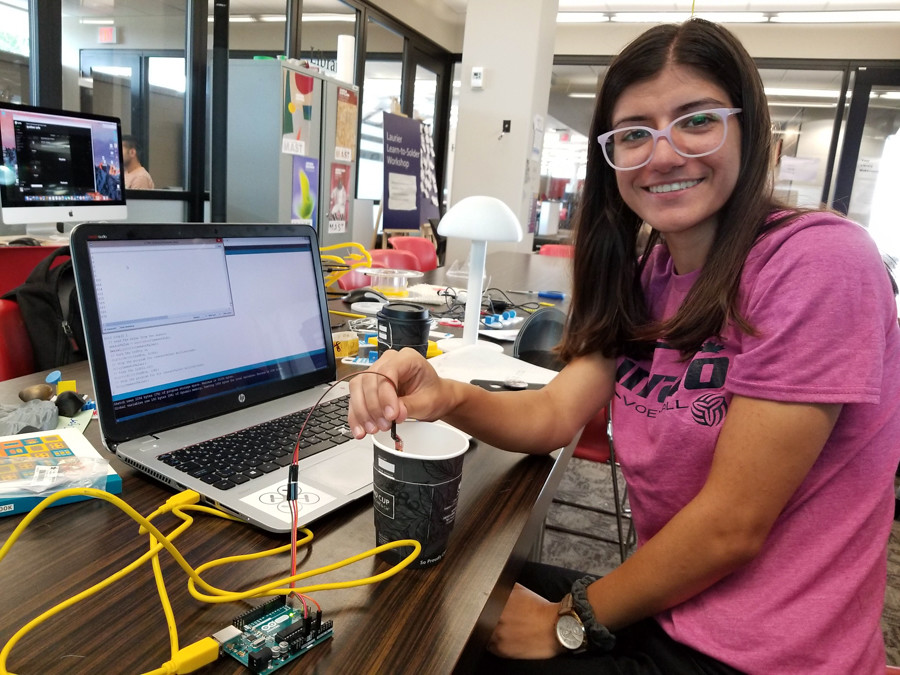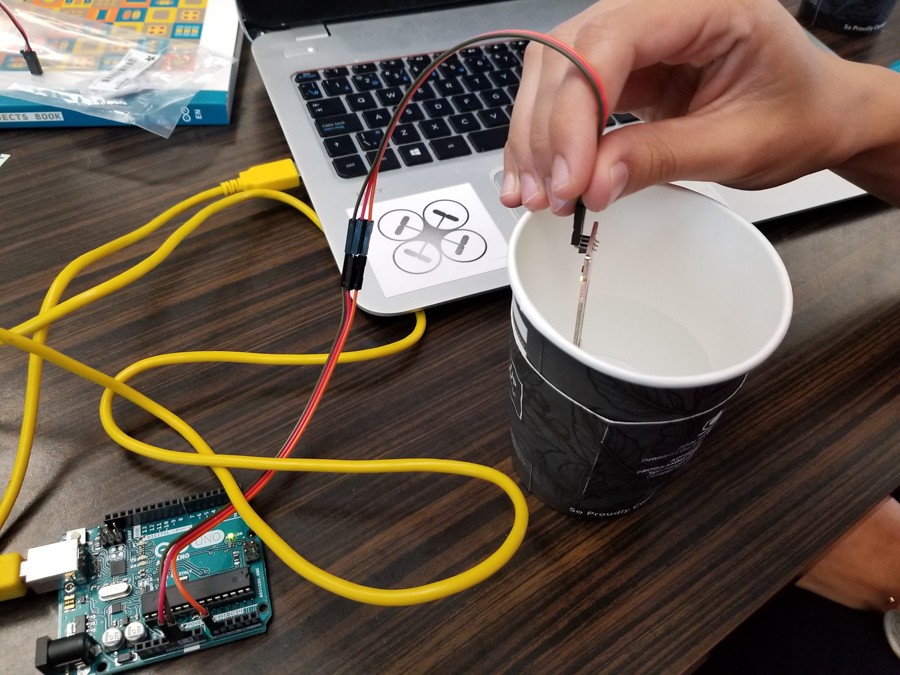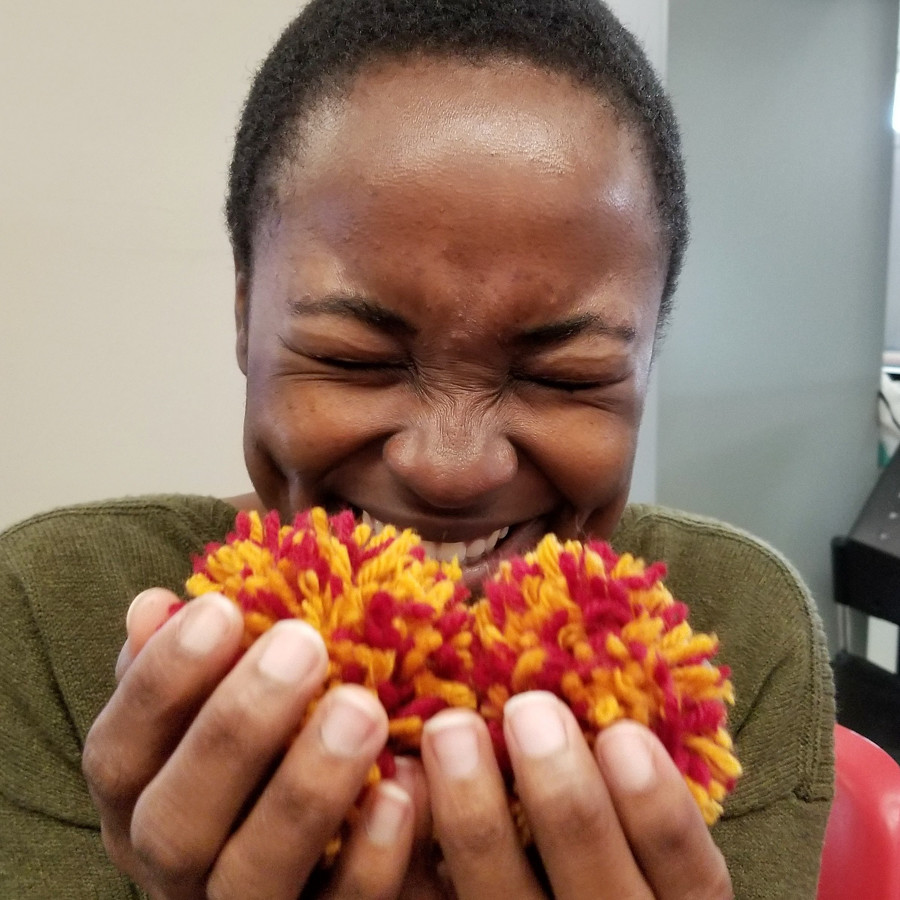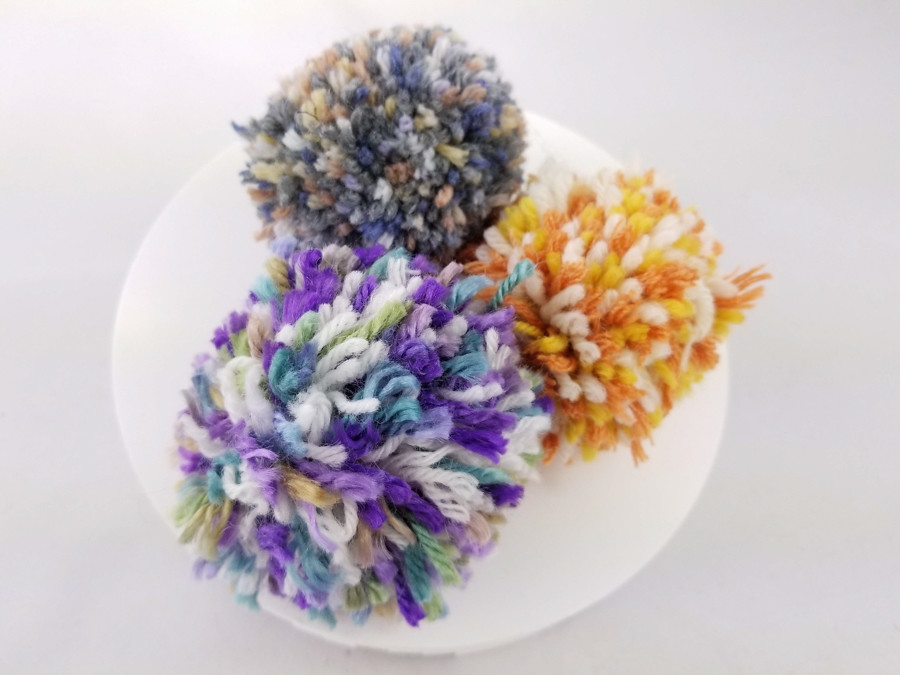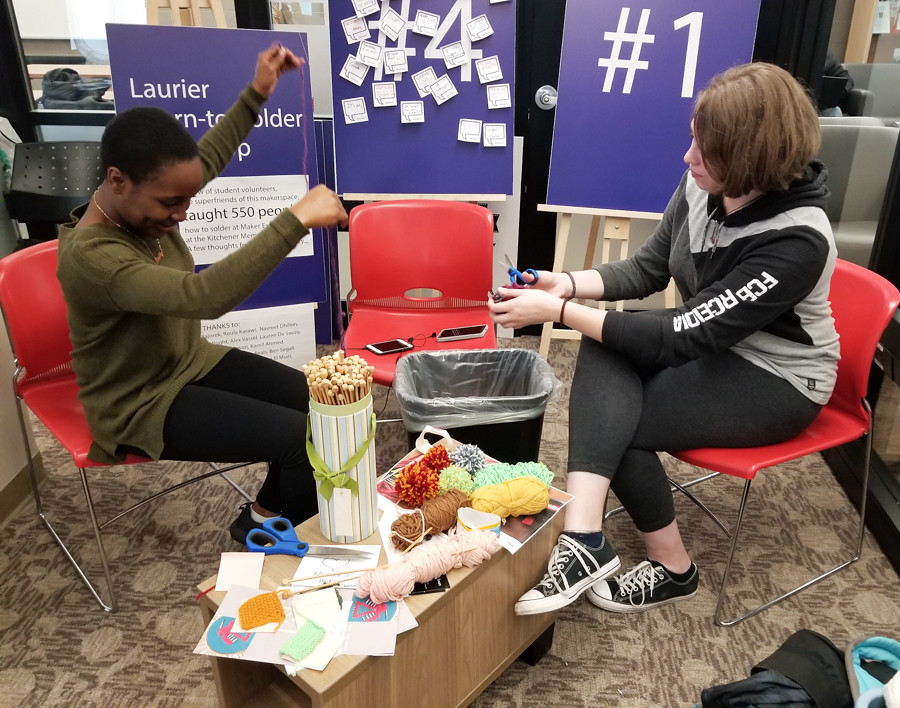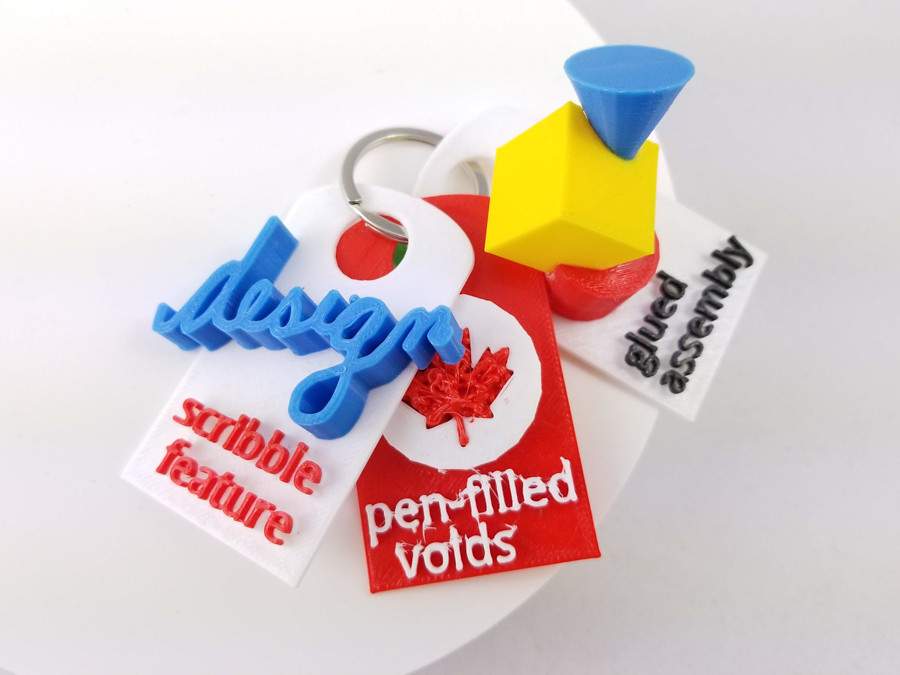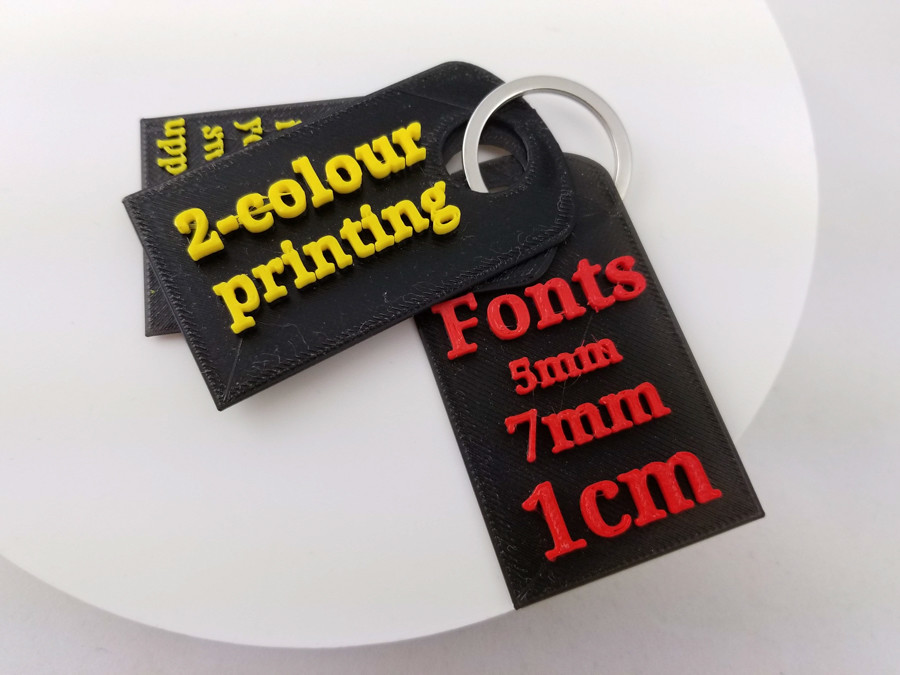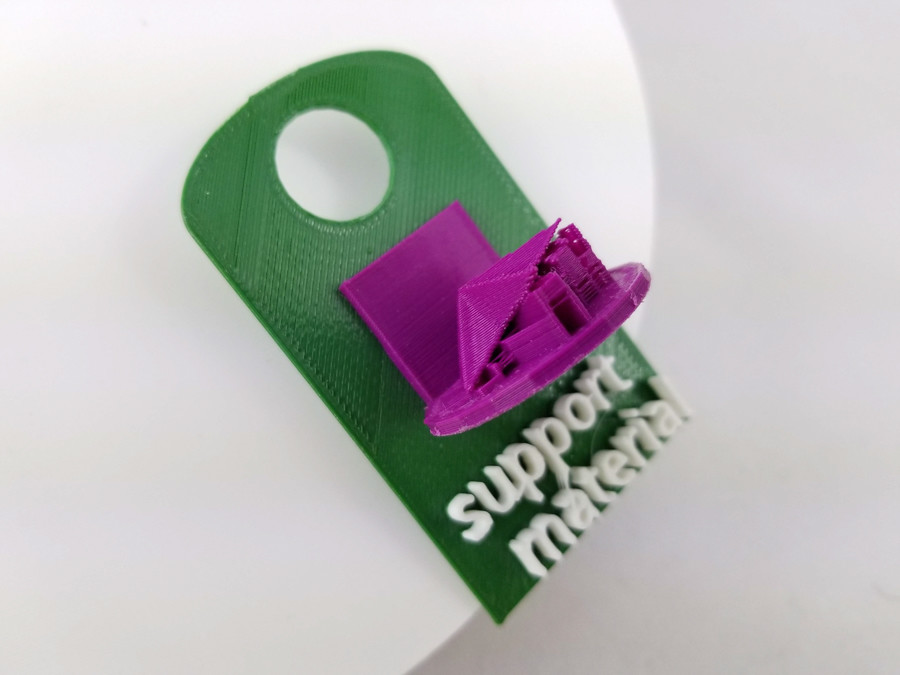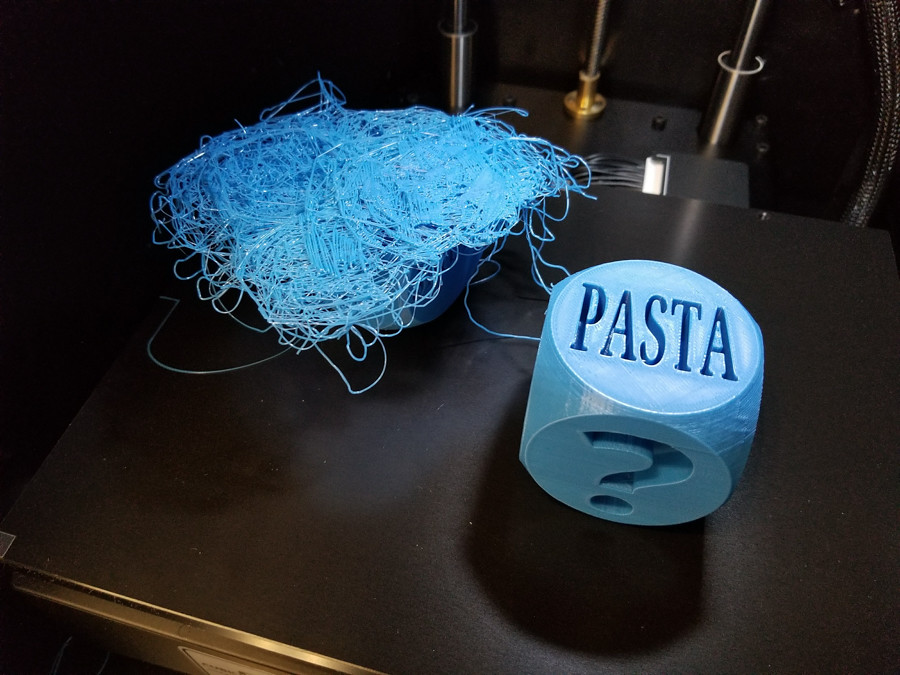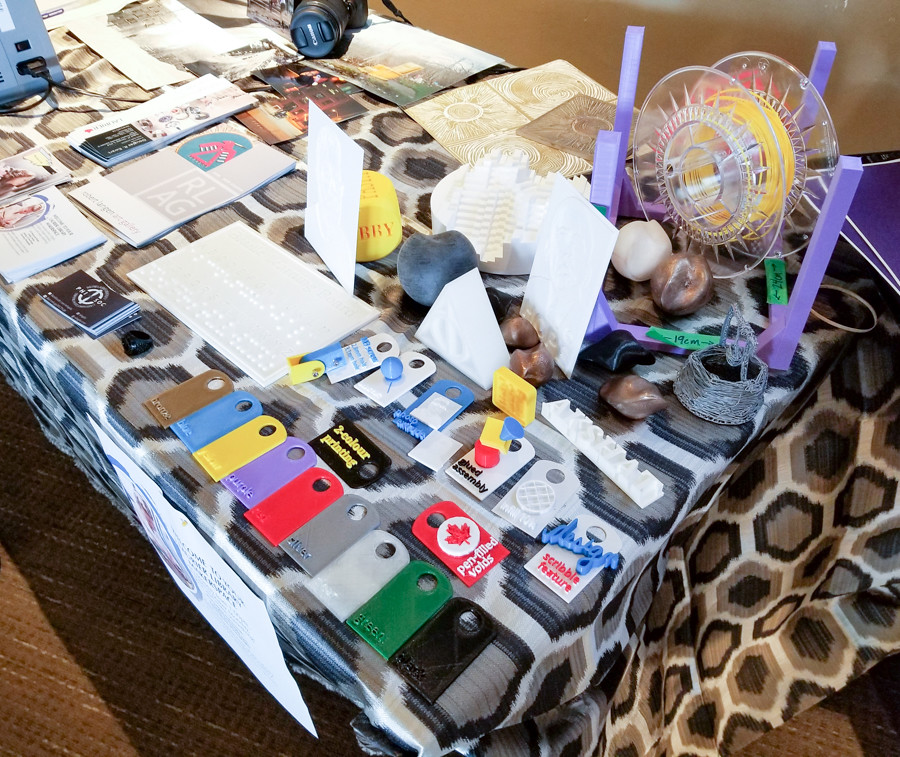Field notes from creating the Laurier Library Makerspace
In our makerspace, we share examples of work from different makerly domains for three reasons:
- To inspire other makers
- To answer questions
- To affirm that this is our place of making
I call them “maker snacks”. They are everywhere, purposefully accessible, not behind glass or carefully arranged on a display shelf. We encourage makers new to the space to pick things up, examine them closely, meet the makers and ask questions.
Inspiration
Pictured above is a fantastic shadow box stackup, designed and fabricated by Madi. She used Adobe Illustrator to create the layers, which were then cut from heavy cardstock on the die cutter. The individual layers are separated by double-sided foam tape. The best examples, like this one, are works-in-progress, so as not to discourage newcomers with seemingly unachievable finished results.
Expand your thinking: from this shadow box design example, we can extrapolate the more general paradigm of executing a 2D design in software and then use any number of fabrication tools to realize that design in the world. While a die cutter and cardstock was used here, a very similar design and workflow could have been used to laser cut two-metre panels of stainless steel for a large outdoor installation. It’s just a matter of different tools and materials and pursuing those may require venturing beyond our walls. The example helps us start that conversation with makers.
A range of complexity
Examples of work that require different levels of skill helpfully illuminate access points for makers getting started and makers seeking other experts. Karman put together this Raspberry Pi single board computer example that blinks an LED.
He leveraged his familiarity with coding in Python to make the jump to introductory electronics, reading datasheets and navigating this new platform. We used Karman’s example to teach other students.
Victoria started her terrarium humidity and temperature monitoring project on the Arduino platform. One of the first steps was to simply read the moisture sensor, so that’s a solid introductory example that we keep handy in the makerspace.
Her project ultimately grew to incorporate a more advanced sensor, a wifi-enabled microcontroller and an internet-of-things cloud service which allowed her to view data readings on her phone. This is an aspirational example combining several elements to achieve bigger goals.
Examples as invitations
Our diversity of examples offers creative footholds for a broad audience. Deborah toured the makerspace with 186 other Laurier international students in the fall. She locked on to the pom poms out on display. “I want to do that!” she said.
I cast a wide net to resonate with as many people as possible, so I have many different examples out on the bench. The inflection point that Deborah articulated is exactly what I’m going for.
A project as simple as making pom poms can motivate a new maker to overcome her social inertia, come into the makerspace and connect with someone who can teach them. Roula is helping Deborah get started.
One successful experience in the makerspace leads to subsequent visits, expanding the making into additional domains. As students tackle successive projects, they accumulate a makerly courage. The more you make, the more you feel capable of making.
Answering questions
If a picture is worth a thousand words, a physical example must be worth a million words. I do a lot of teaching and consulting on 3D design and printing. In the process, I field a lot of common questions. To answer those questions more robustly, I created these example tags to explain concepts and highlight opportunities.
This example illustrates a 3D-printable photo extrusion process. Darker tones of the photo are printed thicker and lighter tones are printed thinner. They outcome is called a lithophane.
Multi-colour 3D printing and text size are common topics. We use these tags when we’re teaching our Intro to 3D Design and Printing workshop.
The most important examples
Things don’t always work out. Sharing examples of unintended outcomes gives our makers a license to fail. Here’s a 3D print job that shifted during printing, resulting in one of the blue dice turning into blue spaghetti. From the trash I rescue all sorts of instructive failures of sewing, block cut printing, cooked electronics and more. This is evidence of learning.
Affirmation
Taken as a whole, our examples are physical affirmations of our practice of making and of our collective capacity. Examples are also terrific conversation starters, helping us talk about what we make and why we do it. Madi, Victoria and I packed up boxes of our examples and took them to the President’s Townhall Meeting at Laurier.
Our examples were the catalyst that sparked conversations with faculty and staff members.
Practically speaking
Do:
- Collect and create examples as you go.
- Ask for example contributions and suggestions from your makers.
- Show what you know.
The humble example has a lot to offer your makerspace.
Connect with me
You are invited to:
- Maker Mondays – a weekly 1pm-4:30pm drop-in time to visit the Laurier Library Makerspace
- Connect with me on LinkedIn – I graduate from my current role in September. I’m keen to continue building capacity in young adults.


